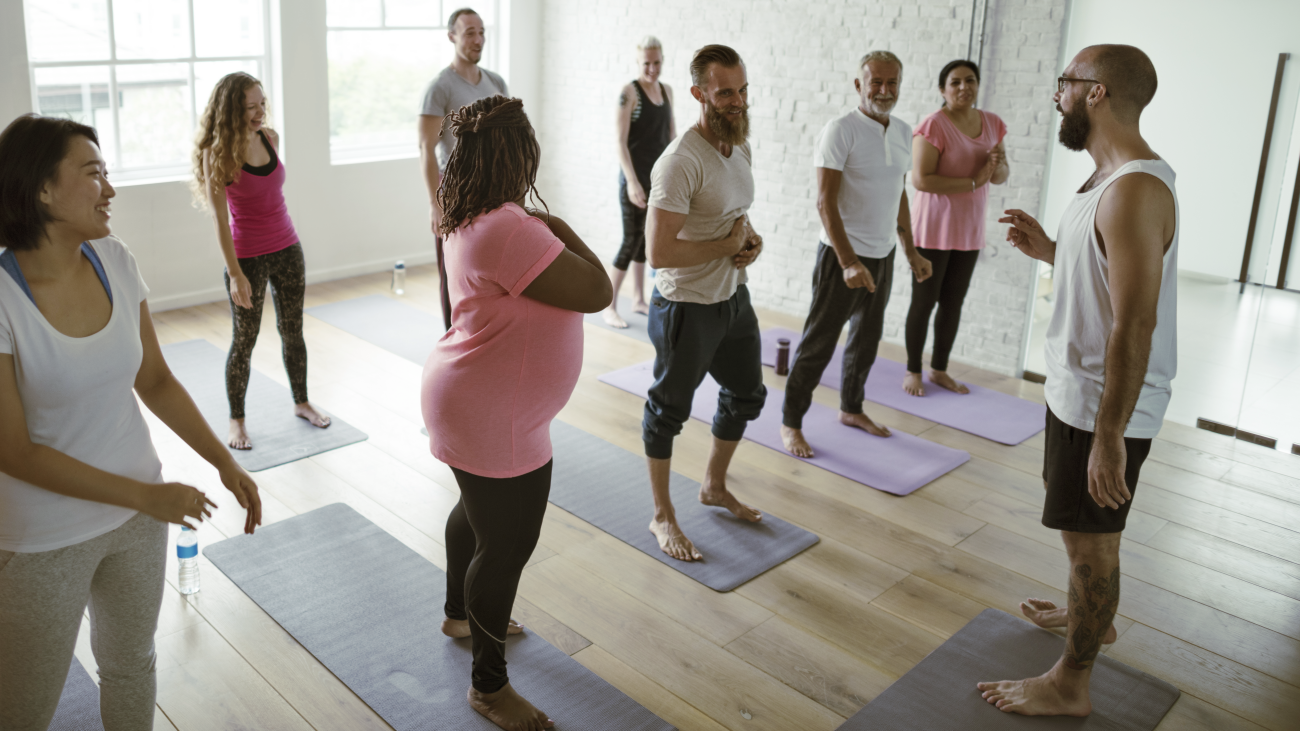Yoga Alliance Professionals

There are so many components that go into making a yoga class. And yet, it is our job as yoga teachers to make it all appear effortless.
As it turns out, effortlessness requires a good deal of work and preparation.
While we cannot control all factors, there are some aspects that can be planned ahead of time to help the class run smoothly. Having a clear class structure in mind is good practice for new (and old) yoga teachers. It will keep you on track, keep your students motivated, and keep your classes on time (a must).
Introduction
The first 5-10 minutes of a class are typically dedicated to settling the students and bringing their attention to the present moment. It is normal for teachers to employ meditation and/or breathing exercises to place the class in a state of stillness and focus before the physical practice begins.
**Teacher’s Tip: Be consistent! Use similar language for each class to maintain a sense of familiarity for your students. Repeating certain phrases eases returning practitioners into focus more efficiently, instilling a sense of calm over the entire class.
Warm-up
The start of the movement pattern, this segment typically includes gentle poses that stretch key parts of the body. Think neck roles, cat/cow and ankle circles to mobilise the body and prepare for the sequences ahead.
The Main Part
The majority of the class is typically dedicated to a sequence prepared by the teacher. While some styles of yoga require fixed sequences, such as Sivananda and Ashtanga, others allow for greater variation.
It is wise to prepare the sequence beforehand, bringing the written plan with you to refer to during the class. Not only is this a handy reminder of the following pose in your sequence, but it is also a good record of your classes, and may even inspire new sequences for future classes.
Following a similar sequence for each class builds a sense of familiarity for regular students, allowing them to work on difficult poses and track their progress each week. Include a number of variations to ensure that every experience level is catered for and that all students have something to work toward.
As you progress in your teaching, you will become better versed in observing the class energy, and understanding where any modifications can be made to the sequence to better accommodate your students.
**Teacher’s Tip: Rehearse the class structure with a timer to guarantee each segment does not go over the allotted time.
Conclusion
To draw the class to a close, introduce more calming, cooling postures before moving into Savasana. This is a space to relax the class, leaving students rested and rejuvenated.
**Teacher’s Tip: For a 75-minute class, this section should last around 15 minutes. For a 60-minute class, this segment typically lasts 10-minutes.
These Stories on Teaching Yoga
10 Beaverhall Road,
Edinburgh,
Scotland,
EH7 4JE
Copyright © 2025 Yoga Alliance Professionals Ltd. All Rights Reserved. Terms of Use | Privacy Policy
YOGA PROS ORGANISATION LIMITED, trading as YOGA ALLIANCE PROFESSIONALS, is a Not for Profit Scottish Company number SC502923
No Comments Yet
Let us know what you think